
How to Cook Millets: Tips and Recipes for Beginners
Millets are quickly becoming a popular addition to modern kitchens thanks to their impressive health benefits and versatility. However, for beginners, cooking millets can seem intimidating due to their variety and slightly different preparation methods compared to more common grains like rice or wheat. Understanding how to select, prepare, and cook millets properly opens up endless possibilities for creating nutritious, delicious meals.

Why Proper Millet Cooking Techniques Matter
Unlike highly refined grains, millets retain their bran and germ layers, making them richer in fiber and nutrients but also requiring specific cooking methods. Properly cooked millets preserve their fluffy, light texture and prevent clumping or excessive hardness.
Incorrect cooking methods can cause common symptoms such as digestive discomfort, bloating, or heaviness. This happens when millets are not soaked, washed, or cooked appropriately, leading to difficulty in digestibility for some individuals. Paying attention to these small steps enhances the nutrient absorption and palatability of the final dish.
Basic Preparation Steps Before Cooking Millets
Taking time to prepare millets properly ensures a better cooking experience:
-
Rinsing: Wash the millets thoroughly in cold water 2-3 times to remove dirt and natural bitterness.
-
Soaking: Soaking millets for 30 minutes to 2 hours softens the grains, shortens cooking time, and improves digestibility by reducing antinutrients like phytic acid.
-
Draining: After soaking, drain the water completely to avoid excess stickiness during cooking.
These steps are particularly essential for denser varieties like pearl millet and finger millet.
Millet-to-Water Ratio Guide
Each type of millet requires a slightly different water ratio depending on the texture you desire—fluffy, soft, or porridge-like. A quick reference is provided below:
|
Millet Type |
Water Ratio (Fluffy Texture) |
Water Ratio (Porridge Texture) |
|---|---|---|
|
Foxtail Millet |
1:2 |
1:3 |
|
Little Millet |
1:2.5 |
1:4 |
|
Barnyard Millet |
1:2 |
1:3 |
|
Kodo Millet |
1:2.5 |
1:3.5 |
|
Finger Millet (Ragi) |
Used mostly as flour |
Used mostly as flour |
Adjusting water ratios helps beginners customize the millet texture for different dishes such as pulaos, upma, or kheer.
Common Causes of Millet Cooking Failures
Cooking millets might result in uneven texture or burnt grains if certain mistakes occur:
-
Insufficient Washing: Leads to a bitter taste and rough texture.
-
Skipping Soaking: Makes the millets take longer to cook and can cause them to clump.
-
Wrong Water Ratio: Either results in undercooked dry grains or soggy mush.
-
High Flame Cooking: Causes uneven cooking or burnt edges; millets cook best when simmered gently.
Being aware of these causes helps avoid frustration and ensures a smoother cooking experience.
Essential Cooking Methods for Beginners
Millets can be cooked using several techniques based on the dish being prepared:
-
Open Pot Method: Add soaked millets and water to a pot, bring to a boil, then simmer until water is absorbed. Fluff with a fork after resting for 5 minutes.
-
Pressure Cooker Method: Ideal for quick cooking. Use a slightly lower water ratio and cook for 1-2 whistles.
-
Steaming: Used for millet-based idlis and dhoklas where the batter is fermented and steamed.
-
Roasting Before Cooking: Dry-roasting millets enhances their nutty flavor and gives a slightly firmer cooked texture.
Experimenting with these methods helps beginners discover which style suits their taste preferences.
Symptoms That Indicate Undercooked or Overcooked Millets
It’s important to recognize when millets are improperly cooked:
-
Undercooked: Hard, chewy texture that feels raw while biting. Might cause mild digestive issues.
-
Overcooked: Sticky, overly mushy grains that lose individual definition and appear pasty.
Maintaining correct flame intensity, water quantity, and timing usually prevents these outcomes.
Beginner-Friendly Millet Recipes
Starting with simple, adaptable recipes can boost confidence in cooking millets:
-
Foxtail Millet Pulao
Cook soaked foxtail millet with lightly sautéed vegetables, whole spices, and vegetable stock. Garnish with fresh coriander. -
Little Millet Upma
Roast little millet until aromatic, then cook with sautéed onions, mustard seeds, curry leaves, and vegetables for a hearty breakfast. -
Barnyard Millet Kheer
Simmer barnyard millet in milk with cardamom, jaggery, and chopped nuts for a rich, creamy dessert. -
Ragi Dosa (Finger Millet Crepe)
Mix ragi flour with water, salt, and optional spices. Pour onto a hot griddle and cook until crisp. Serve with chutney or sambhar.
Trying one or two of these simple dishes can help beginners build familiarity with the behavior and flavor of millets.
Benefits of Adding Millets Regularly to Meals
Incorporating millets even a few times a week can yield noticeable health improvements:
-
Better Blood Sugar Control: Due to the lower glycemic load compared to refined grains.
-
Enhanced Digestive Health: Thanks to the high fiber content that supports gut bacteria.
-
Improved Satiety: Their slow-digesting carbs reduce frequent hunger pangs, aiding in weight management.
-
Rich Micronutrient Intake: Boosts levels of iron, magnesium, potassium, and calcium naturally.
Making millets a kitchen staple not only diversifies the diet but also supports overall wellness.

Quick Table: Best Millet Type for Different Meals
|
Meal Type |
Recommended Millet |
|---|---|
|
Breakfast |
Little Millet, Barnyard Millet |
|
Lunch |
Foxtail Millet, Kodo Millet |
|
Dinner |
Pearl Millet (Bajra) |
|
Dessert |
Finger Millet (Ragi) |
Matching the type of millet to the time of day can optimize digestion and energy release.
Summary
Learning how to cook millets correctly empowers beginners to unlock their full nutritional potential while enjoying a variety of delicious meals. By soaking, rinsing, and using the right water ratios, anyone can achieve perfect results. Millets are not only healthy but versatile and easy to incorporate into everyday meals with a little practice. Choosing the right millet for the right dish, avoiding common mistakes, and understanding simple preparation tips ensures a rewarding culinary experience. Lofoods encourages bringing these ancient grains back into modern diets for sustainable health and vitality.
This Blog post is an initiative by Lo! Foods, to provide accurate and Nutritionist / Doctor approved information related to Health. Lo! Foods is India's leading brand for Everyday Functional Foods. Foods designed for specific Health conditions or Needs. Lo! Foods also runs India's largest range of Low Carb Healthy Cloud Kitchens, under the brand names of Lo!, ProteinChef, ATH (All Things Healthy) and DiabeSmart.



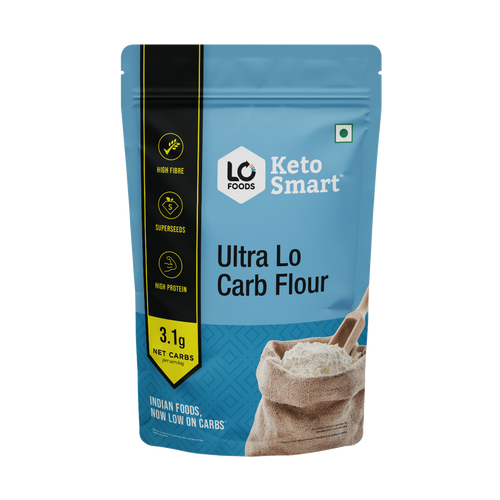
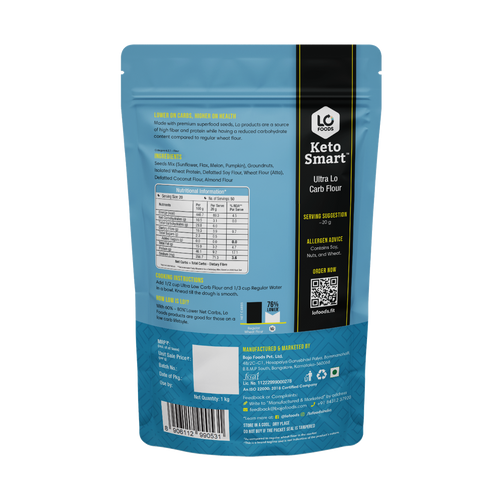
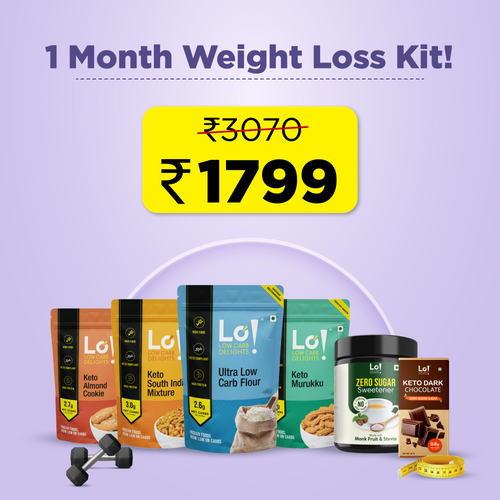
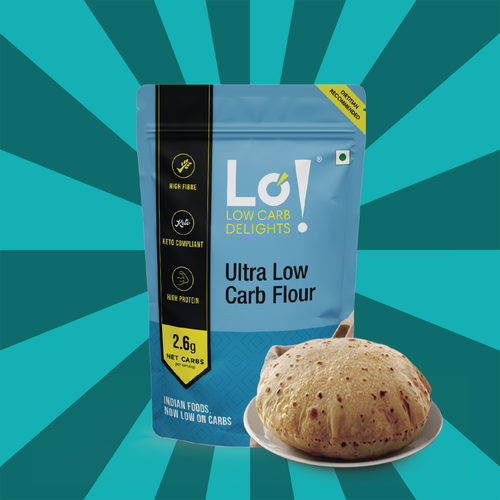


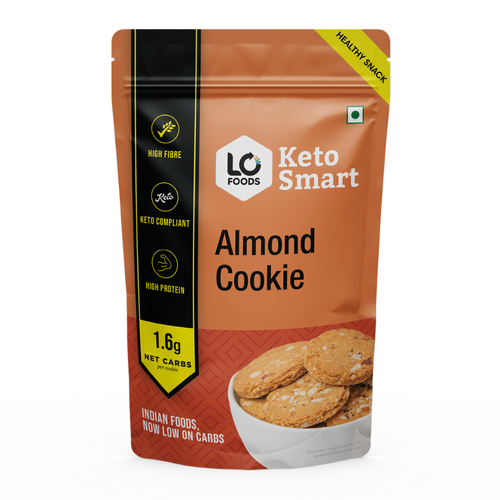





Leave a comment
Your email address will not be published.